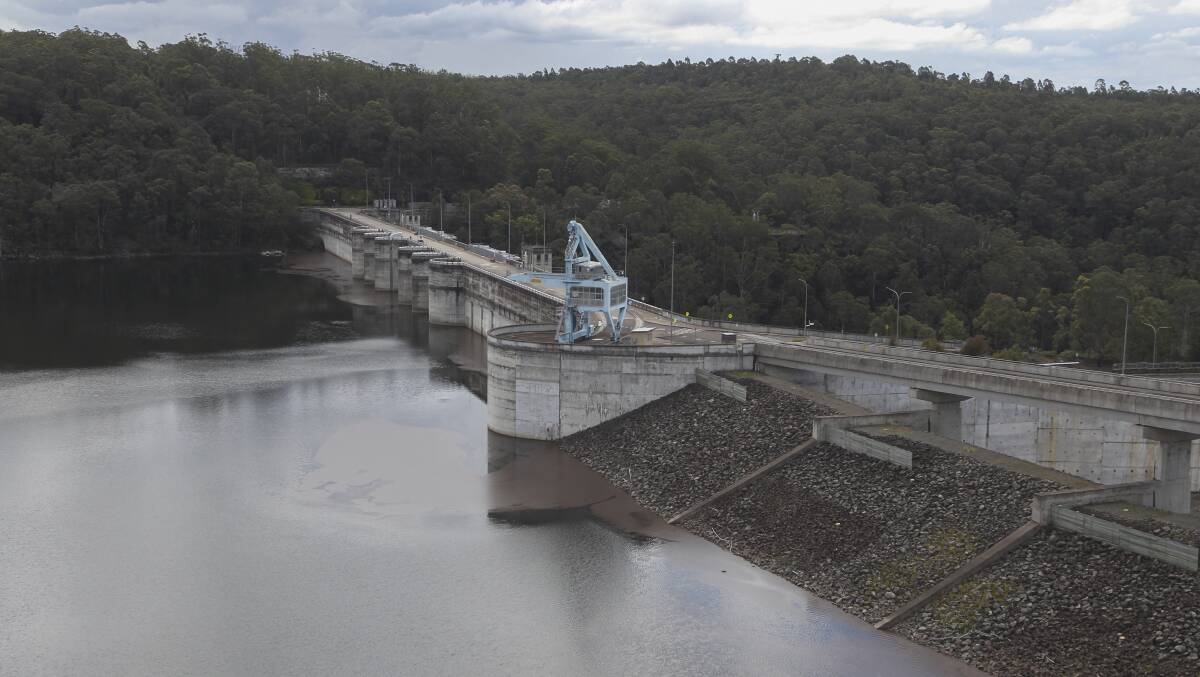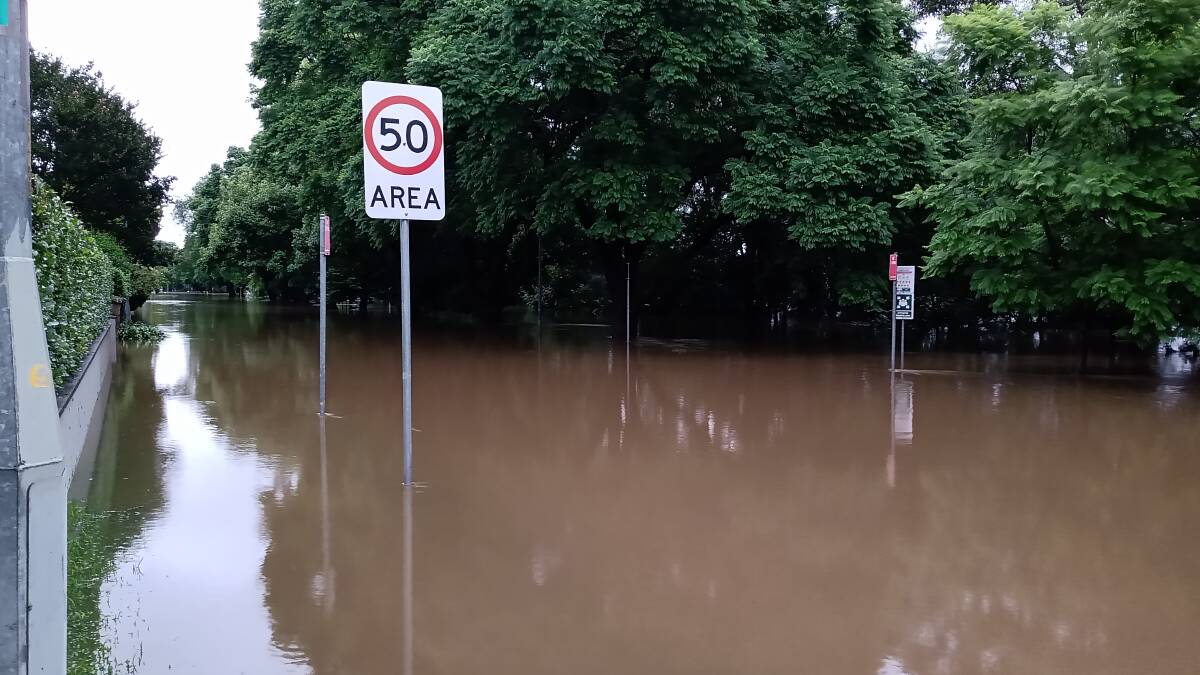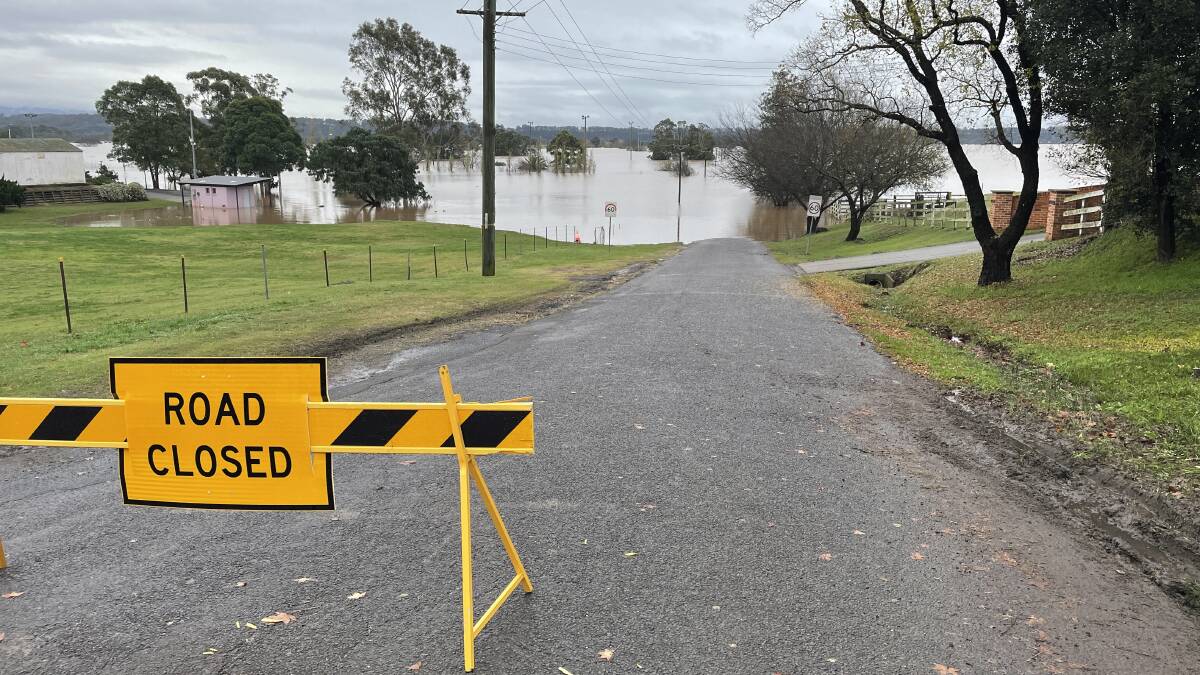
Hawkesbury City Council is continuing its campaign to raise the Warragamba Dam wall, but would raising the wall have the desired effect on flood mitigation in the Hawkesbury Valley?
Chas Keys, former Deputy Director General of the New South Wales State Emergency Service and flood management expert, said raising the dam wall could have a small effect on flood mitigation in the Hawkesbury, but it could also lead to a false sense of security.
In 2017, the NSW Government released the Hawkesbury-Nepean Flood Risk Management Strategy - 'Resilient Valley, Resilient Communities', which recommended raising the dam and creating a flood mitigation zone of 14 metres.
Hawkesbury Council has supported this strategy, adding that legislation should be changed to enable Warragamba Dam water to be released when heavy rain is forecast, to create more space to 'pond' the water when it falls and potentially lower the impact of flooding in the valley.
Mr Keys said raising the dam by 14 metres could have the desired effect of lowering the level of flooding in the Hawkesbury, but only by up to two metres, and only if the rain fell upstream of the dam and the dam was not too full to pond it.
He said raising the dam wall could make no difference downstream if the water was entering the catchment from the Nepean or Grose Rivers.

He said raising the dam was not an optimal solution, as it would give people in the valley a false sense that they were safe from flood - and would also give developers an excuse to build more houses, lower on the flood plain.
"A raised dam would give decent mitigation and that's not to be sneezed at, so some would grasp it as a solution," Mr Keys said.
"There is an argument to be made [for raising the dam wall] but there are a lot of 'howevers'."
A mitigation of two metres would save some properties from being inundated, but not all.

"The mitigation varies between a bit or nothing, depending on the flood configuration," Mr Keys said.
"Even if you build 14 metres on top of the dam, that could be exceeded [by the amount of rain falling]. In other words, you'd store 14 metres of water, but you'd still have to spill some."
He said the situation became "problematic psychologically" if the idea spread around the community that the problem of flooding in the Hawkesbury had been "more or less solved" by a raised dam wall.
"There will be political figures who will start convincing people that the problem has been solved, and these will be in development interests because they want to develop the flood plains," he said.

Federal Member for Macquarie, Susan Templeman, joined Hawkesbury Council's plea to reduce the level of the dam in preparation for more floods, saying it would create a much-needed "buffer".
In a speech to Parliament on August 4, Ms Templeman said the NSW Government needed to do "everything possible" to mitigate the risk of flood.
"They [the NSW Government] should be doing everything possible to mitigate the risk of flood - everything that they can, right now - and that includes drawing down the Warragamba Dam, reducing the level, which has stayed close to a hundred per cent for weeks, if not months," Ms Templeman said.
ALSO READ: Raising Warragamba Dam 'would save homes'
She said three new grants had been made available to flood-affected communities following collaboration between the Federal and NSW governments, including:
- a grant for renters of 16 weeks of support;
- a new grant for rural landholders of up to $25,000 for those who are not eligible for funding such as the primary producers' grant or the small business grant.
- a homeowners' grant of up to $20,000 for people who need to complete work to get back home.
For information about assistance, visit https://recovery.gov.au/NSWflood#/map and https://www.service.nsw.gov.au/floods/financial-assistance


